IHRA set a decisive course for its future on Nov. 11, 2025, when executive Scott Woodruff announced on the CompetitionPlus POWER HOUR that all national-event classes will run exclusively to the eighth mile beginning in 2026. The move was framed as a step toward uniformity and safety, but it also revived a format that helped shape drag racing long before the modern quarter-mile expectation took hold.
Though some fans see eighth-mile racing as a modern adaptation, its origins are foundational. Many early drag strips were built on small parcels of rural land where a quarter-mile surface and long shutdown area simply wouldn’t fit.
Sanctioning bodies worked with the facilities available, and in many regions, the eighth mile became the natural racing distance. Hall of Fame announcer and historian Bret Kepner said that history often gets overlooked, especially by those who believe eighth-mile racing is a recent trend.
AHRA, one of the earliest major sanctioning bodies, staged eighth-mile national events as far back as 1966.
“The first one that I can remember was in 1966 at Kansas City,” Kepner said. “But then starting in ’67, they were all over the place.”
AHRA sanctioned numerous eighth-mile tracks during the late 1960s and 1970s, especially across the Midwest.
Those tracks were built on the land their owners could secure, not the idealized quarter-mile footprint that later generations came to expect. Kepner said fans embraced what existed rather than comparing formats.
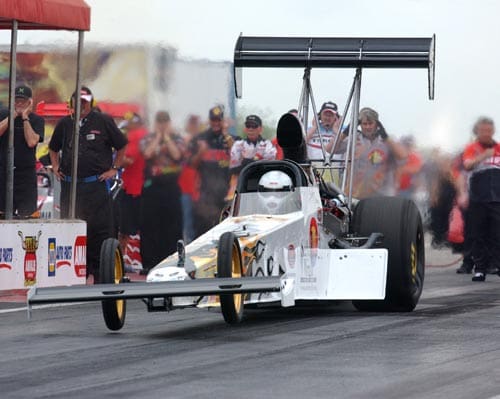
The early sport lacked entrenched beliefs about which distance represented “real” drag racing. Racers competed where they could, fans filled the stands, and the sanctioning bodies structured schedules around the tracks available.
“If all you have is eighth-mile tracks around you, that’s where you’re going to race and you’re not going to complain,” Kepner said. AHRA’s approach normalized eighth-mile national events quickly.
Entire regions learned the sport through 660-foot finishes, and the format developed legitimacy that would influence future sanctioning bodies. IHRA adopted that logic as it expanded in the 1970s, but with a philosophy rooted in its founder’s background.
Larry Carrier had ownership ties to Bristol Motor Speedway and understood NASCAR’s short-track mentality. Bristol was compact, loud and fiercely popular—proof that smaller didn’t mean lesser.
Carrier believed drag racing could apply the same concept. That belief shaped IHRA’s first eighth-mile national event in 1974 on pit road at Charlotte Motor Speedway.
The facility supported only the eighth mile, but Carrier embraced it rather than forcing a quarter-mile event into limited space. The race fit the venue, the region and the audience.
Later, IHRA attempted another pit-road eighth-mile national event at Pocono Raceway in Pennsylvania during the 1979 season. A complete weekend washout rained out the program before a single run was made, ending the idea before it gained traction.
🔥 48-HOUR SALE! 🔥 Odd-lots, short-lots, closeouts & display shirts — all priced to move! 🏁 Get authentic https://t.co/jcAfIG1TiW gear for as low as $10 👕💥
— Competition Plus (@competitionplus) November 6, 2025
When they’re gone, they’re gone!
👉 https://t.co/ZWQRwUgEQb #DragRacing #NHRA #CompetitionPlus #PEAKSquad #Sale… pic.twitter.com/UOWDUKCRSP
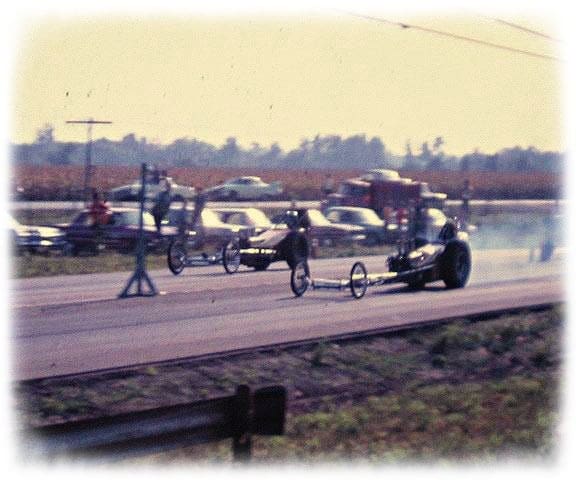
Divisional eighth-mile tracks became a natural part of its identity. Many IHRA-sanctioned tracks were built on rural or restricted land parcels where quarter-mile distances and long shutdown areas weren’t realistic.
The eighth mile allowed IHRA to build a schedule that matched the land its facilities occupied. NHRA, though centered on quarter-mile racing at the national-event level, also ran eighth-mile competitions during earlier decades.
Several regional meets, National Opens and divisionals took place on eighth-mile strips, including Terre Haute, where NHRA’s last eighth-mile national records for professional cars were set. The sport was not as rigid as later generations sometimes remember.
The eighth mile returned to the national spotlight in 1991 when IHRA introduced its Nitrous Nationals. These events were strategically designed to test new markets through a national-event-style show run almost entirely to the eighth mile.
The format excluded nitro cars, which kept costs manageable and allowed smaller tracks to host profitable national-level events. Kepner said those markets—Louisville, Charlotte, Huntsville and others—responded strongly.
They lacked the infrastructure for full quarter-mile nitro programs, but the eighth mile gave IHRA a viable way to reach those fans without overextending track operators or purse structures. Track construction has always driven eighth-mile growth.
Kepner said promoters in the 1950s and 1960s built tracks on whatever land became available. “You just don’t have enough land to build a quarter mile,” he said.
Many of the era’s tracks were small because the property was small. Some strips were carved onto abandoned runways long enough for quarter-mile racing.
Others were wedged into farmland edges, tree lines and narrow rural corridors. A surprising number ran at irregular lengths such as 1,000 feet, 500 feet or even 300 feet.
🚨 IT’S OFFICIAL — MODIFIED PRODUCTION IS COMING BACK! 🚨
— Competition Plus (@competitionplus) November 5, 2025
After more than four decades, NHRA is reviving one of drag racing’s most iconic eliminators — Modified Production — bringing it back home to Competition Eliminator where many believe it always belonged. 🏁
Stick-shift… pic.twitter.com/b0HLkApmJu
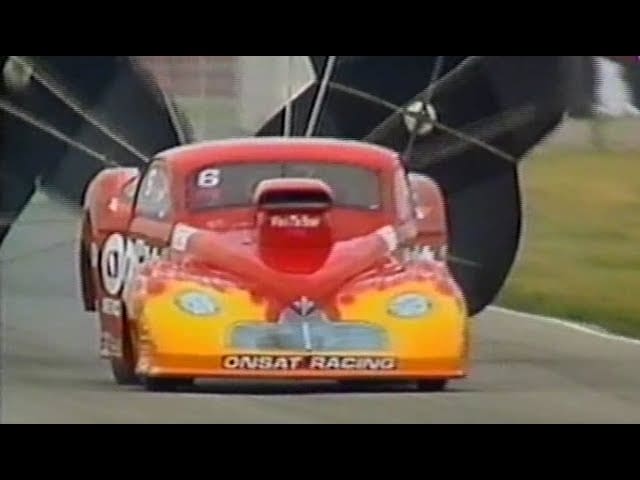
Kepner said Mississippi alone once had nearly 20 tracks of nearly every imaginable size. The sport functioned because racers adapted.
Fans cared more about who won than the exact footage involved. Sanctioning bodies simply built schedules around the facilities and communities available.
Safety has become the dominant modern reason for eighth-mile racing. The shorter distance reduces terminal speeds, eases strain on engines and parts, and makes shutdown areas more manageable for older or compact tracks.
Cleanup tends to be quicker, and events often stay closer to schedule. Kepner emphasized that many IHRA-sanctioned tracks could run quarter-mile competition under the right circumstances.
Columbus once held a 338-mph NHRA national speed record without incident. Milan has sufficient shutdown.
Dragway 42 supported high-speed cars decades before its modern rebuild. But the eighth mile better aligns with IHRA’s current roster of facilities and classes.
The new mandate also aligns IHRA with the categories currently thriving in eighth-mile racing. Mountain Motor Pro Stock, Pro Modified and outlaw-style programs operate primarily at eighth-mile distances.
Many of the teams IHRA hopes to attract already tune and build for 660-foot racing, making the transition logical. Kepner said one of the lingering gaps is fan understanding.
Announcers often fail to explain why sanctioning bodies run to different distances, leaving new spectators unsure how to compare performances. A unified eighth-mile format eliminates that confusion within IHRA.
UDRA appears only briefly in the eighth-mile story. Some UDRA-booked events ran the eighth mile depending on the facility, but UDRA never defined the format.
It simply operated within the same geographic and economic constraints that shaped the major sanctioning bodies’ decisions. The deeper history shows that eighth-mile racing is not a detour from tradition—it is a reflection of it.
AHRA incorporated eighth-mile national events as early as 1966. IHRA expanded the model through its short-track philosophy in the 1970s.
The Nitrous Nationals in 1991 further proved the eighth mile could anchor national-level competition. IHRA’s 2025 eighth-mile mandate doesn’t reinvent the sport.
It restores a format that helped build drag racing’s regional and national identity. Generations of racers grew up on eighth-mile strips because those were the tracks their communities could support.
As Kepner summarized, drag racing has always followed one guiding principle: “You raced what you had where you had it.”




















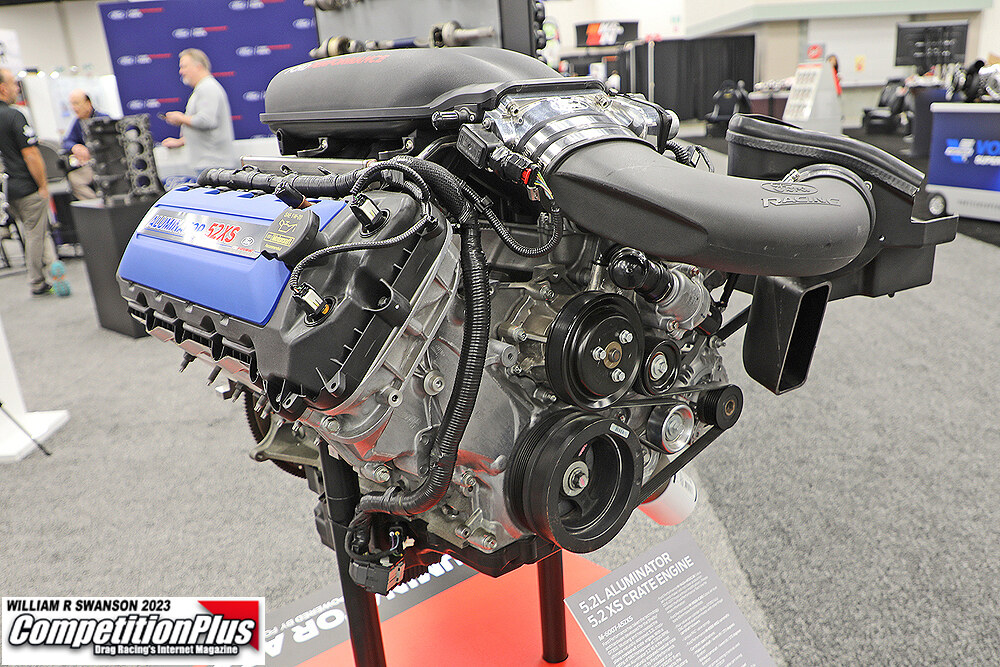











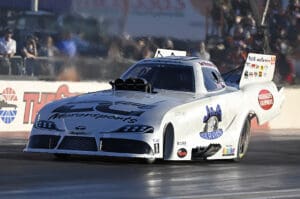
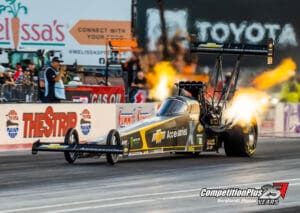
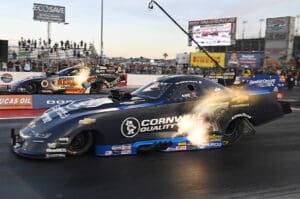
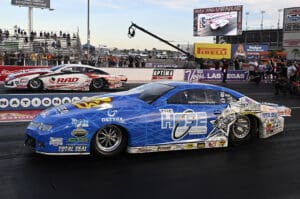







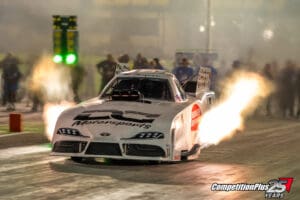
NITRO IN THE BLOOD: HOW THE CAPPS FAMILY TURNED SIBLING RIVALRY INTO A LIFETIME PURSUIT